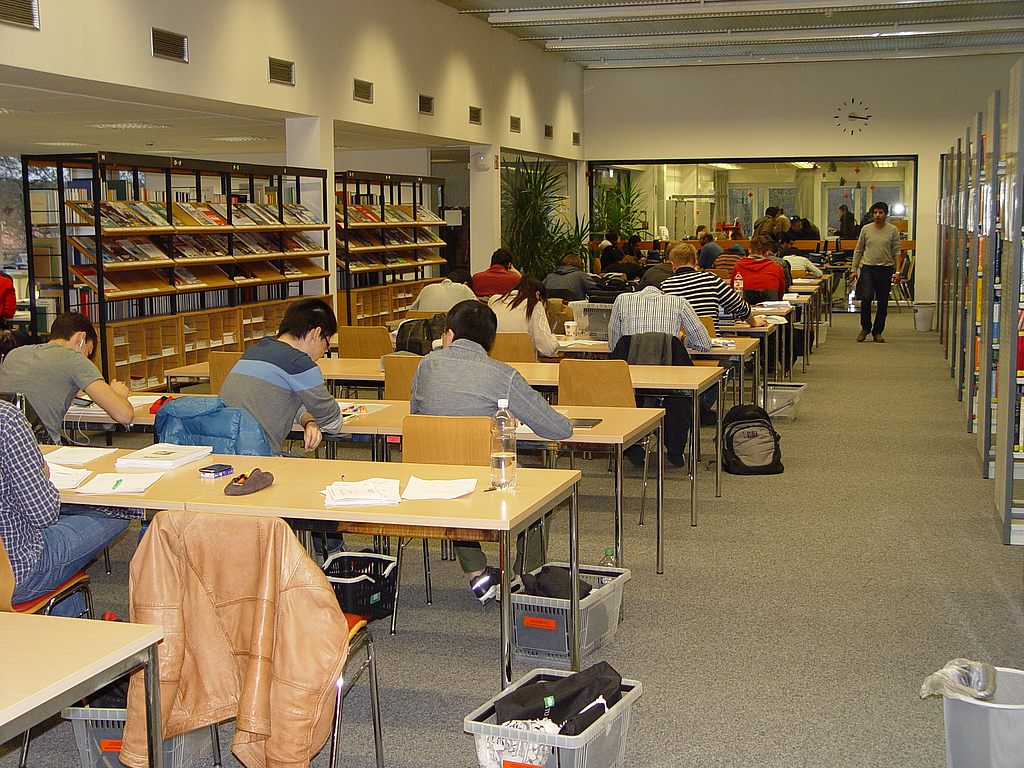Creative Commons
Texte, Bilder und Musik nutzen - was darf ich mit CC-Lizenzen?
If you create a work, be it music, a picture or a text, you automatically receive the copyright for it. This ensures that no one can use this work without asking the author for permission. Sometimes, however, the author would like people to interact with his work and create new things with it without having to ask for permission every time. This is also possible, but most people are not able to formulate the necessary legal texts for this. Therefore, the Creative Commons Corporation has developed several licenses that everyone can reuse and with which they can make their works more easily available to others. Those who want to use copyrighted works can more easily see which uses are allowed under which conditions without consulting the author. Other uses can of course be allowed, but then the author must be asked for permission. All licenses exist in three versions:
1. the complete legal text
2. a human-readable version
3. a machine-readable version
The Creative Commons licenses are based on four symbols:
- BY
- NC
- SA
- ND
The BY is present in all licenses (except the CC 0 license). It states that the use may only be made with attribution. This means that you have to mention the name of the author, the title, a link to the original work and the type of license.
The NC stands for non-commercial. This means that commercial use is excluded. Unfortunately, it is not always clear what commercial use means. A public institution is seen as commercial in this sense. Anyone who generates advertising revenue with their website can also be considered commercial, so resources marked in this way on these sites should not be used without consultation. For scientific articles, this license is generally not appropriate, because research is also funded by the public sector to provide knowledge for e.g. SMEs. The transfer of scientific research into the economy is an important goal!
The SA stands for share-alike. This means that works based on it must also be passed on under the same SA license. The advantage of this is that it can quickly generate a lot of freely-available content. The disadvantage, however, is that only materials with the same license can be combined. Especially for science, this usually restricts too much and is therefore not recommended.
The ND stands for non-derivative. This means that the work may only be distributed in its entirety and without modifications. Thus, no individual tables or graphics from an article may be used, e.g., for a course. The work may not be translated or parts of it may not be recompiled in a database. This license is therefore useless for scientific practice.
All six available licenses are now composed of these four building blocks:
- CC-BY
- CC-BY-SA
- CC-BY-ND
- CC-BY-NC
- CC-BY-NC-SA
- CC-BY-NC-ND
More information can be found on the Creative Commons page https://creativecommons.org/.
For example, a search engine for images with CC licenses can be found here: https://search.creativecommons.org/.
There is also a tool that helps you to find the right CC license for you. The tool also provides the necessary code, which you can then copy-paste into your own website: https://creativecommons.org/choose/.
Using texts, images and music - what am I allowed to do with CC licenses? by Silke Frank is licensed under a Creative Commons Attribution 4.0 International License.
